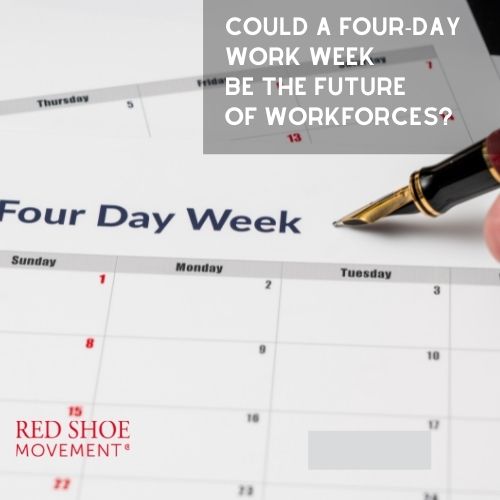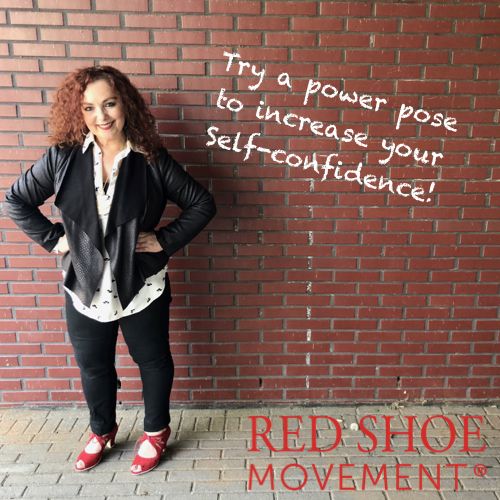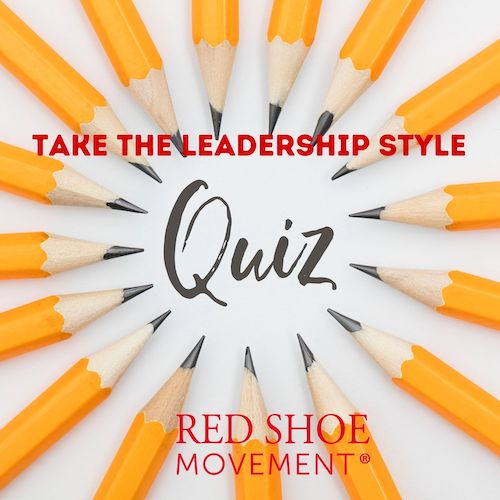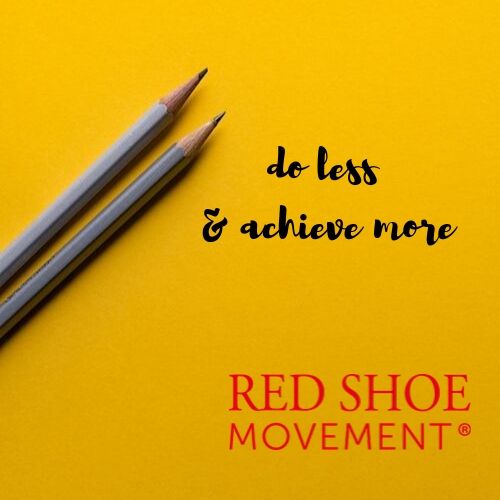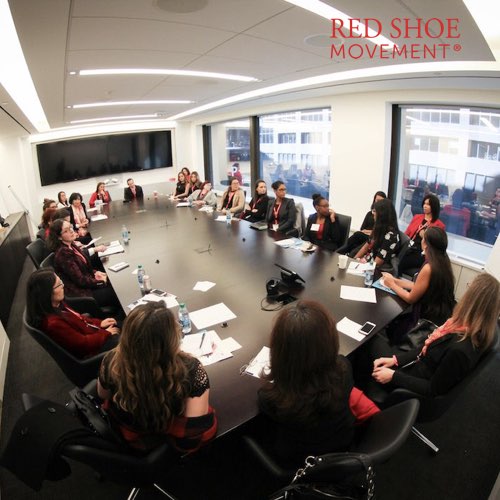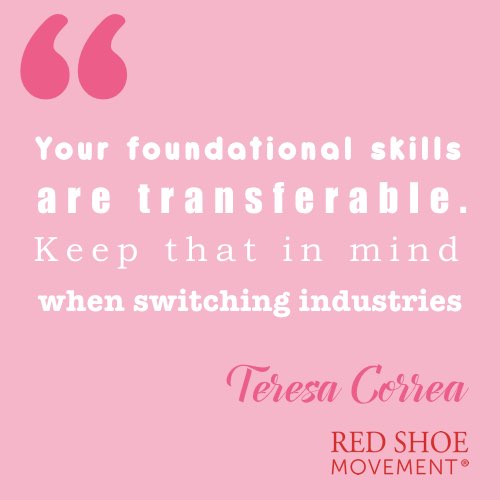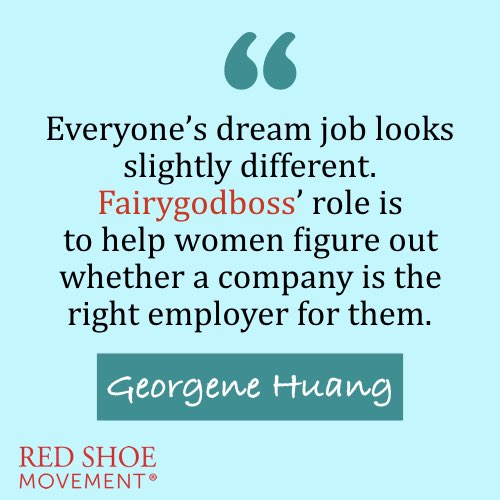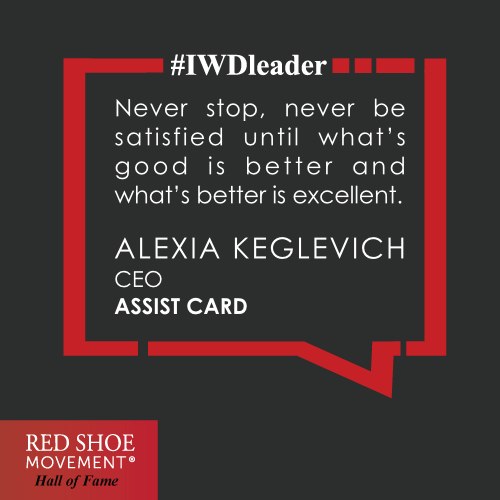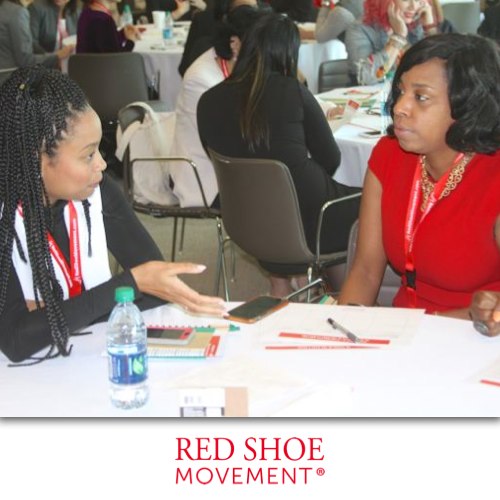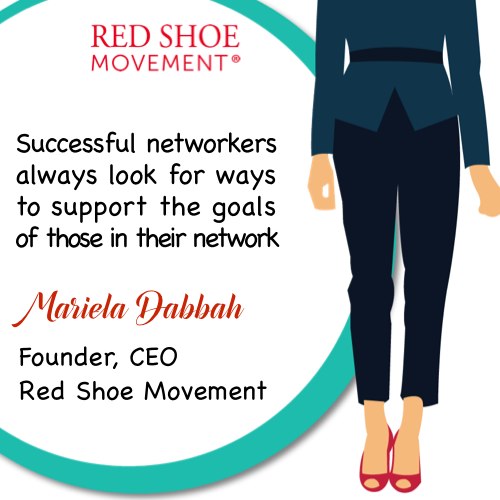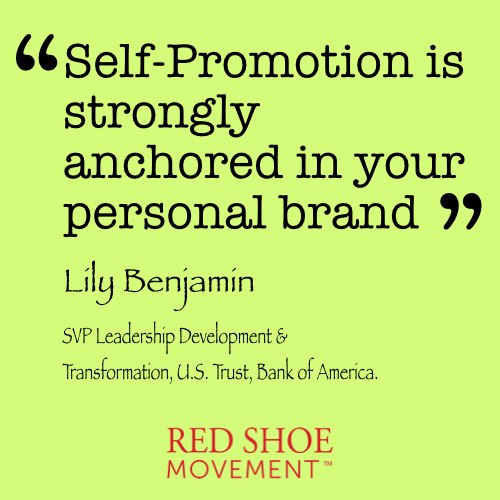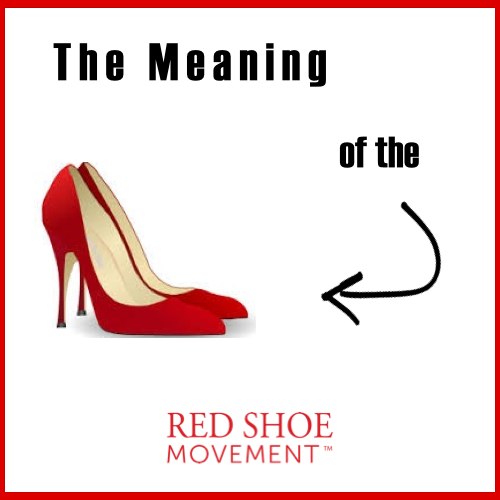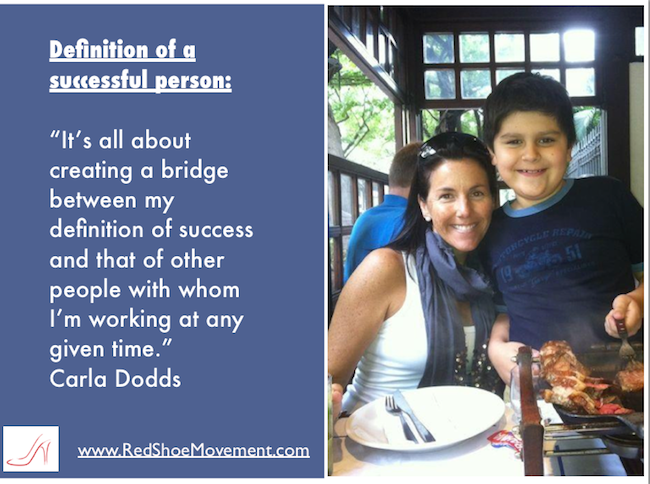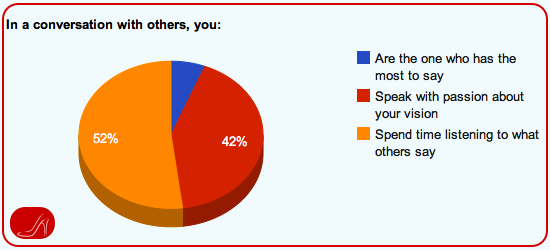
Even the best intentions sometimes fall short. This is often the case when it comes to empowering women. There are plenty of programs out there focused on empowering women that unwittingly play against their own missions. Just recently, one of my clients brought into her company a three-day training program where participants where repeatedly told in no uncertain terms that they needed to wear jackets to project executive presence. There was no room left for individual self-expression, nor any in-depth discussion of what executive presence really means and the various ways in which it is projected. No, during this particular program, participants were strongly encouraged to adapt to the reigning style of the corporation set in place and upheld by the executive-majority – middle-aged white males — if they hoped to grow beyond middle management.
How are you empowering women in your organization?
Undoubtedly, that’s the antithesis of empowering women. It’s common knowledge that you take people’s power away when you ask them to check their style and personality at the door and adopt someone else’s style – be that the dress code, the way they express themselves, the way they think, or the way they relate to others. Equally important as allowing women to bring their style and personality to work is providing an environment where women feel comfortable asking tough questions. Yet, when women are asked to leave their uniqueness at home, it’s unlikely that they’ll feel comfortable asking colleagues questions that can help them understand unspoken rules that can open doors to better opportunities.

Questions that relate to the salary range others are making for similar positions, what packages their male counterparts have received to move for a long-term assignment, how to break into a certain powerful clique within the company, and so on. Questions that you don’t ask when you don’t feel empowered.
So you could be talking about empowering women from here until 2050, but unless there’s a clear connection between your words and specific actions, the culture of your organization is unlikely to change and years from now you’ll still be wondering why is it so hard to promote more women to higher positions.
Empowering Women with Actions
Here are a few things you can start looking into right away, if your goal is to prepare more women for career success.
- Understand your internal hiring and promotion processes. How do you define executive presence? What are the unwritten expectations of someone with executive presence? Can that definition be expanded to include more women? Do your executive positions all involve a lifestyle few women can adjust to? Are there any areas of flexibility? Do you pass over women for promotions assuming they won’t be up to a job that demands travel?
- Evaluate openness to employee input. How open is your organization’s management to listening and implementing ideas from women at lower levels? How do you reward those ideas?

- Create circles of trust. Do you offer opportunities for your employees to meet in smaller groups and discuss honestly critical career issues? Are they structured in a way that elicits mutual trust?
- Review your unwritten dress code. Are you upholding codes initially established by and for men in the workplace? How can they be adjusted to embrace different styles for women?
If empowering women is a top priority for you, you may find yourself analyzing the core culture of your company to identify areas that need small tweaks and others that require a complete make over. Start somewhere, anywhere. Any step, even a small one, is a step in the right direction.































































